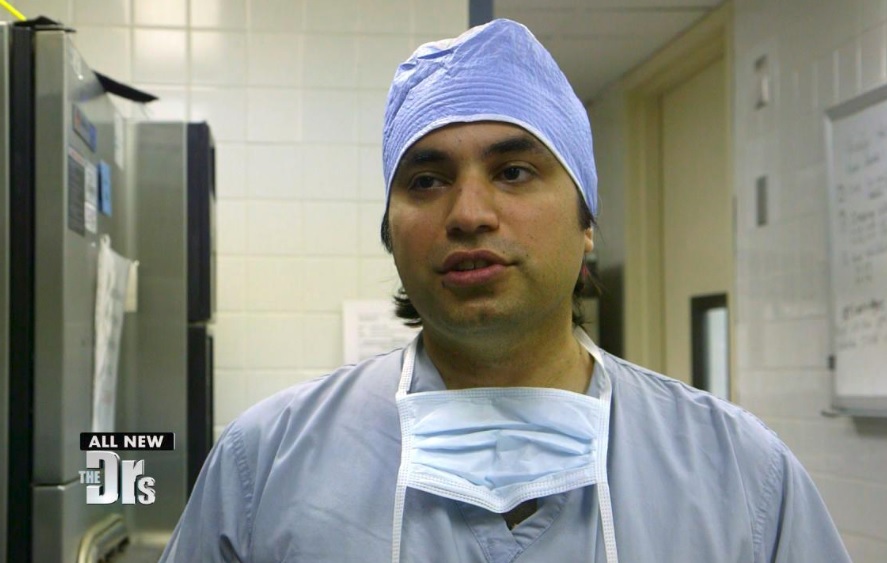Source: einnews.com
NEW YORK CITY, NEW YORK, UNITED STATES, June 18, 2019 /EINPresswire.com/ — A facelift, scientifically known as a rhytidectomy, is a surgical cosmetic procedure that helps make a face look tighter, firmer and well, younger. This procedure results in significant reduction in wrinkles, fine lines, and sagging skin, while tightening and accentuating other features such as the firmer jawline, and more defined chin and cheekbones.
A rhytidectomy involves the process of pulling back flaps of skin on each side of the face so as to tighten the skin. The process also includes tissue alteration, which is responsible for making the face glow and appear fresher. These pulled flaps are then stitched and the excess skin removed, thus contouring the face and ridding it of any and all signs of aging. Mostly, facelifts are accompanied by neck lifts in order to achieve an overall, even skin texture.
To explain this procedure, medical doctor and surgeon Tansar N. Mir, MD has published an informational article on this subject in an easy-to-understand way. The complete article will be published on the Blog of Dr. Mir
Facelifts are well received by both celebrities and common people alike because of their high success rate and noticeable results. Anyone and everyone who is struggling with aging signs such as losing elasticity, fat deposition, and skin sagging can benefit from this cosmetic procedure.
Risks and Complications
Like most surgeries, face lifting, too has certain risks and complications. These include both long term as well as short term implications, such as:
* Hematoma
Face lifting procedures can often result in hematomas; this is when the blood collects under the facial skin and causes swelling, congestion, pain, and builds up pressure. It is among the most frequent and common complications of rhytidectomy.
* Scarring
A rhytidectomy may also cause scars from the incisions. Although these scars are normally permanent, they are usually in areas that conceal them, such as the hairline area or at the back of the ears.
* Nerve injury
Perhaps one of the most serious and dangerous complications of this surgical procedure is possible nerve injury. In case a nerve is injured during the surgery, it may temporarily or even permanently affect the sensory nerve endings affecting the sensations, movements as well as the touch senses of the facial muscles. It may also cause facial paralysis.
Other than these complications, face lifting procedures also pose additional risks such as hair loss, skin loss, excessive bleeding, infection, allergic reaction to anesthesia, etc.
How It’s Done
A Rhytidectomy is not as complicated as it once used to be. A facelift surgery now involves a number of basic steps that need to be followed before the procedure takes place. The pre-surgery steps include a medical history and general health exam, medication review, and facial examination. Most surgeons nowadays also hold a consultation session where they suggest possible outcomes to the patient and review the patient’s expectations.
Once the patient has had the facelift surgery, he/she might experience mild to moderate pain and have swelling and bruising on and around the face. Drainage from incisions may also occur, and they may feel that their face is numb. These are all normal as long as the patient can move and feel their facial muscles move.
If you are one of the many people struggling with your sagging skin and want a boost to your physical appearance, you can opt for a rhytidectomy procedure. The results generally last up to ten years.
About Dr. Tansar Naveed Mir
Dr. Tansar N. Mir is a plastic & reconstructive surgeon in New York. Dr. Mir received his Doctorate of Medicine with Recognition in Research from the State University of New York at Stony Brook School of Medicine after graduating from Franklin & Marshall College in Lancaster, Pennsylvania with his Bachelor of Arts in Neuroscience. Dr. Mir completed his internship and residency in General Surgery at Lenox Hill Hospital, New York, NY and his residency/fellowship in Plastic & Reconstructive Surgery with the Long Island Plastic Surgical Group through Nassau University Medical Center. Dr. Mir is a double board-certified Plastic and Reconstructive Surgeon who is certified by the American Board of Surgery and the American Board of Plastic Surgery.
